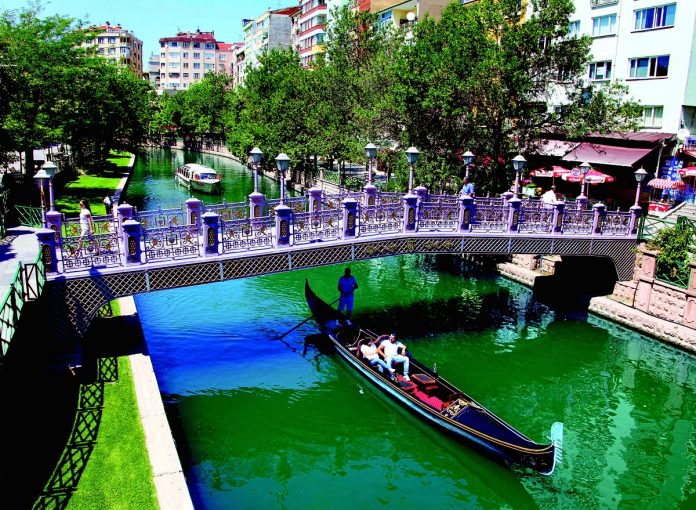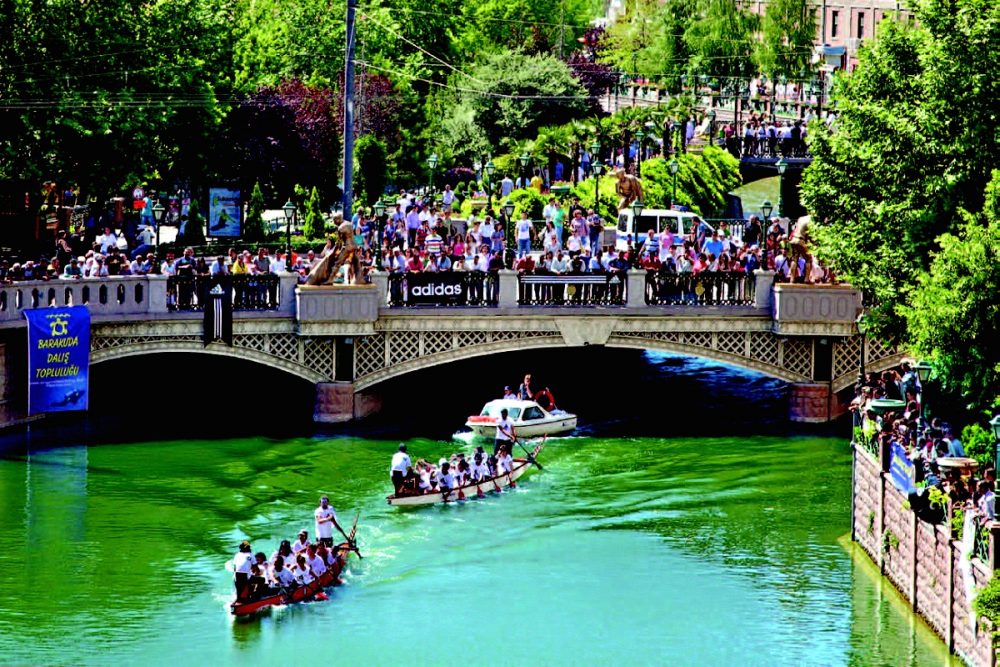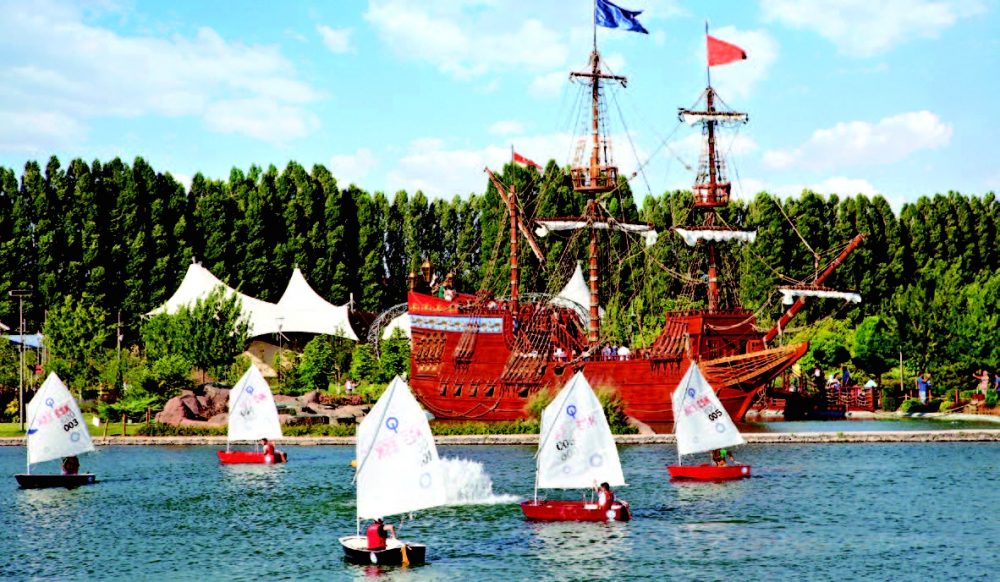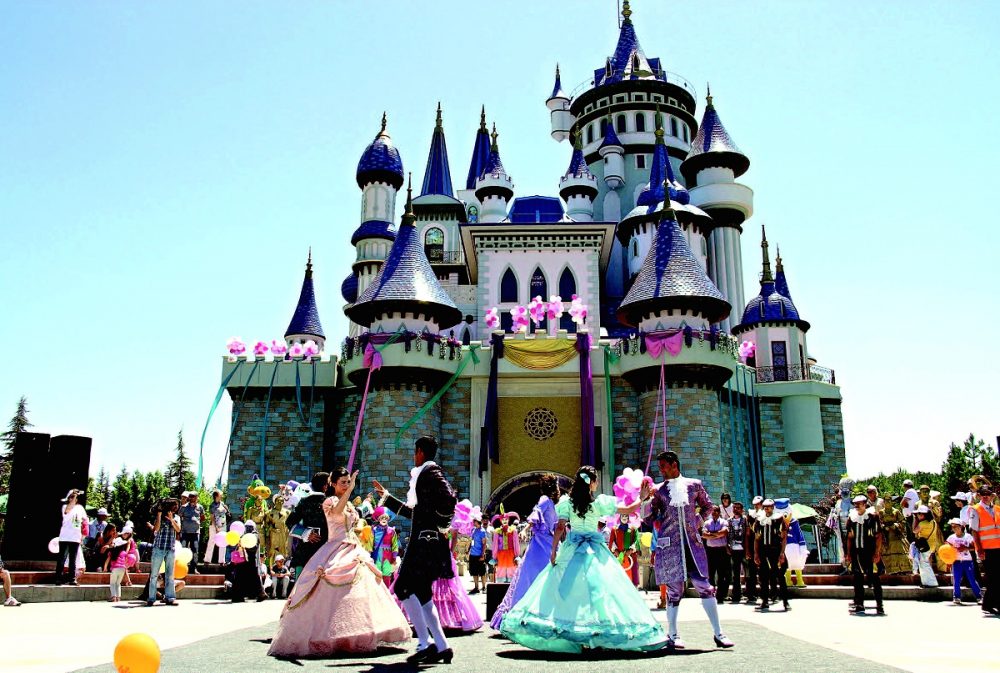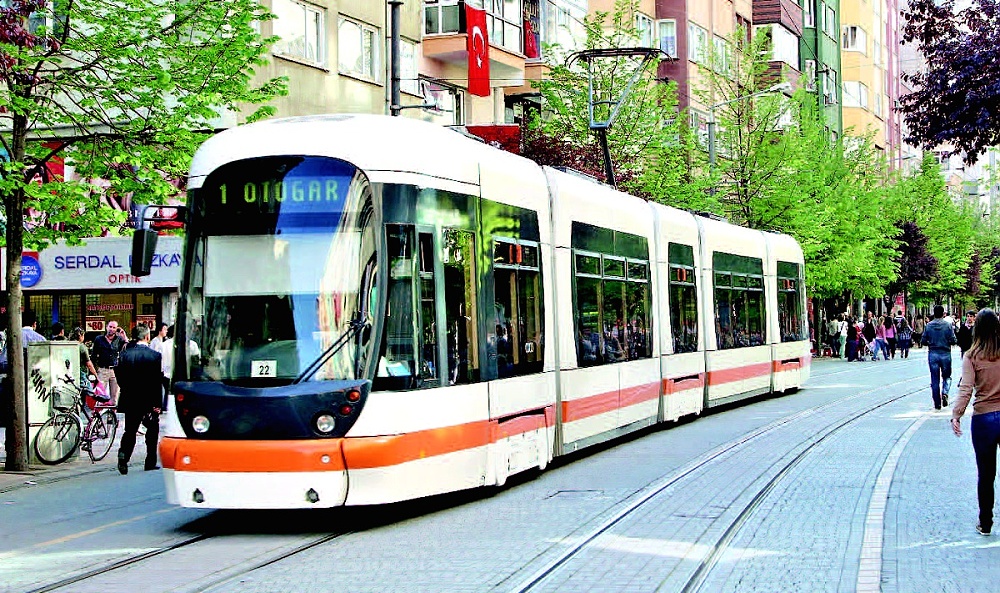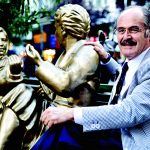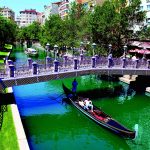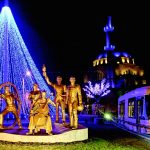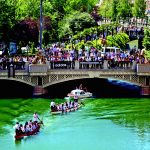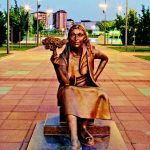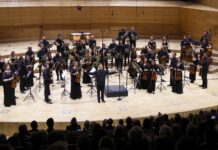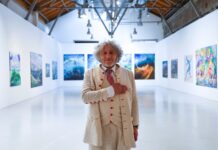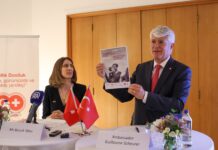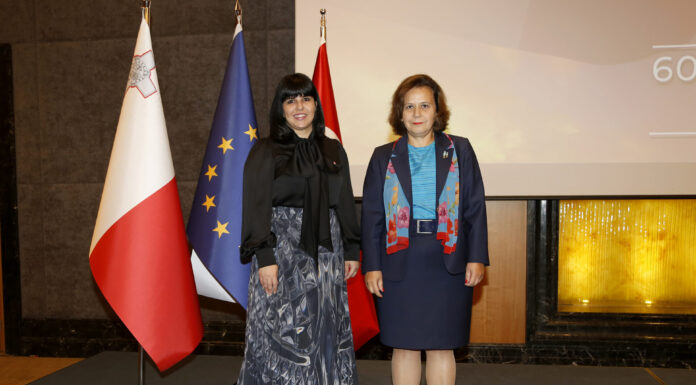PROF. DR. YILMAZ BÜYÜKERŞEN
Once a forgotten city on the Anatolian steppe, Eskisehir has become a travel destination for Turks and foreigners alike thanks to a range of projects that have raised the city to European standards. Reachable from Ankara in one and a half hours, Eskisehir offers Venice-style gondola rides on the Porsuk River, as well as theme parks and cultural and artistic activities to enjoy. It is home to Turkey’s only wax sculpture museum. Mayor Yılmaz Büyükerşen explained the “Miracle of Eskişehir” to Issue.
By Sema Akbaş
Urbanization projects have turned Eskişehir into a major center for tourism and culture from the forgotten city it was 14 years ago. Proud of its European-standard projects, the city is now drawing tourists from home and abroad. We discussed the urban changes with Prof. Dr. Yılmaz Büyükerşen, the mayor who rebuilt Eskişehir.
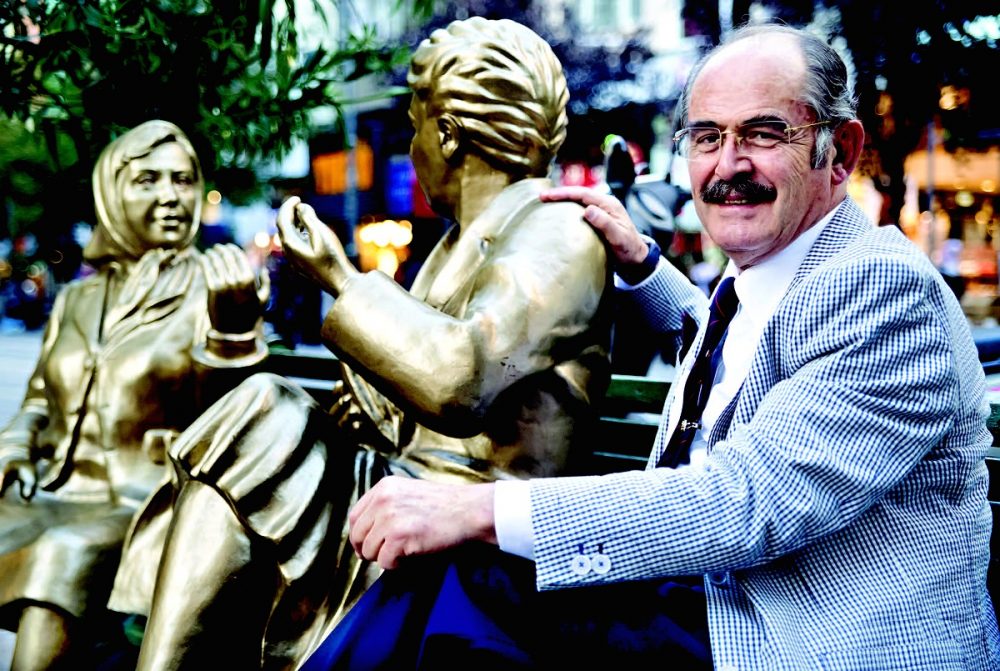
What kind of a city was it before you became mayor?
Eskişehir was a gloomy Anatolian town before 1999. It had lost belief in itself. Families thought “It won’t be possible for us to get away from here, but we hope our children will be able to leave this city soon.” Eskişehir, which once had a notable place in Turkey and raised a great number of valuable people, had lost its importance in the country’s agenda. Of course, it was not only Eskişehir who was in this situation. All the cities in Turkey were rapidly losing their character. Eskişehir was one of those cities which had its share of the general trend.
When did you start to lay the foundation of change in Eskişehir?
When I was a candidate for the Mayoralty of Metropolitan Eskişehir Municipality in 1999, I aimed to bring the city out of its gloomy atmosphere, refresh the city’s confidence, and make the people proud of their city. I had the thought of making Eskişehir an example for other cities which had the same destiny. As you may guess my aim was quite different from solving the infrastructure problems, providing a smooth flow of traffic, better drinking water, and solving the problem of domestic waste. Let alone realizing them, it was not even easy to describe them. On the other hand, the situation in Eskişehir was terrible and it seemed impossible to reach this aim in a short time. I believed that my lifespan was not going to be sufficient to achieve it. However, I said, “Let’s start, somebody will complete it if I can’t”.
Can you tell us about the projects that turned Eskişehir into a European city in the middle of Anatolia?
Let me remind you that shortly after I was elected mayor there was the 1999 earthquake. The earthquake showed us how Eskişehir faced a serious threat. Therefore, taking precautions to reduce the risks of earthquakes and other natural disasters trumped all the targets. The fi re brigade of the city was in a bad way. The bridges over the Porsuk were unlikely to survive any quake. In other words, it would have been impossible to move from one part of the city to the other in case of an earthquake. It was going to be impossible to take aid material from one area to another. Our priority was to provide natural disaster safety. And we have made great progress in this area.
PORSUK RIVER WAS CLEANED
The Metropolitan Eskişehir Municipality is the one which has the lowest budget among all the Metropolitan Municipalities. We didn’t have the resources to solve the urgent problems, including the provision of natural disaster safety. We started to look for funding from Europe to prepare our projects. We didn’t have much difficulty in finding this funding as our projects were found to be reasonable. We immediately started projects that would provide natural disaster safety and rehabilitate the Porsuk, which was an open sewer. Later we brought in the modern tramway system which was awarded the world’s best rail system in 2004, to form the main backbone of transport in the city.
RECONSTRUCTED THE CITY
Later we addressed the problem of infrastructure, one of the most important issues in the city, at a rate of close to 100 percent. We constructed new recycling plants. After that, we constructed large-scale thematic parks where people can spend a pleasant time with their families, as well as museums, a science center where our children would get an education outside the school, and a spacious house. On top of that, aware of the need for richness in art, we opened the Symphony Orchestra, the City Theaters, the City Opera, art galleries, and social places. In short, a lot has changed in Eskişehir. The change in the city carries on, faster now. Eskişehir has undergone a major change with its urban transportation system, infrastructure, the giant parks spread over acres of field to European standards, squares, and boulevards decorated with ponds and statues, and its artificial beach.
THE RAPID CHANGE SURPRISED ME TOO
I’m not going to talk about the projects and the rationale one by one as the pages would not be enough. However, I can confidently say that I was surprised that the change, which I assumed would take many years, was realized in such a short time. Both Turkey and foreigners must be surprised that a lot of guests have flocked to Eskişehir in recent years. There is a serious tourism movement toward the city. Today the people of Eskişehir proudly say that they are from Eskişehir. They are pleased with their children growing up in this city. They can dream of a good future for their city. Moreover, guests from all over the world say “We would like to have a city like this.” In short, Eskişehir has become a good example.
The BBC showed Eskişehir as an example of change among 12 cities. How did this affect the city? What work do you do to keep your place among the world cities?
It is a matter of pride to be covered by the BBC. Our citizens who either live outside the country or in Turkey felt this pride and they shared their feelings with us. It has become a nice documentary for those who live outside Turkey and wonder about the changes in Eskişehir. We proved that Eskişehir is a brand city and that if they want to Turkish people can reach the highest standards. Before the documentary, Eskişehir had already become an important place for Turkish domestic tourism. We don’t make any special effort to keep our place among world cities. We only work for Eskişehir to be a place that has high living standards and is a place to be proud of.
VENETIAN GONDOLAS IN ANATOLIAN CITY
How did the Porsuk River, which is the center of city life, reach its present state?
The process of change that made the Porsuk River an example of similar projects in Turkey and foreign cities, started in 2001. We immediately started implementing the project which the previous administration did not dare to enact. A large-scale work took place over the 13-kilometer area which covers the passage of Porsuk through Eskişehir. The Porsuk River bed was cleaned of mud. Measures were taken against the risk of ground liquefaction. Environmental regulations were implemented on both banks of the river whose bed was thoroughly cleaned. To allow the Porsuk to provide a natural healthy life again, its connection with the city’s sewage system was cut. For the first time in Turkey, the river was used for tours and public transport. We even established a small shipyard within the municipality for the production of boats that can be used in streams and touristic Venice gondolas.
How has this change in the city affected its economy?
This change in Eskişehir led to tourism becoming a new branch in the city’s economy. As the Metropolitan Municipality the sample projects which we put into practice provided an important advantage to Eskişehir. Eskişehir, which was a city visited only for business or other purposes in the 2000s, now hosts approximately 700-750,000 visitors. People from other cities come to Eskişehir to see the projects, in other words, to see a real city.
CONGRESS TOURISM TARGET
We see the city’s improvement in terms of the economy as one of our priorities. Eskişehir is one of the most important industrial cities in Turkey and it will stay like that. However, we cannot base the future of our city only on industry especially when unemployment is a real problem. As you know Eskişehir is also a university and youth city. We need to add other options to these two sectors. As the Metropolitan Municipality, our target sectors today are Congress and Health Tourism. We have two big investments to reach these targets. We are opening the first five-star touristic thermal premises of Eskişehir in Bademlik. We hope to bring into service a major aquarium, which will introduce the underwater world to the people of Eskişehir, and a zoo in the Science, Art, and Culture Park. We also want to turn Eskişehir into a city of museums. We opened Turkey’s first and the only Wax Sculpture Museum. The museum attracts attention from the people of Eskişehir and tour groups, and the visitor turnout was over 60,000 in two months.
It is not an easy situation for an ordinary Anatolian city to become a place competing with other European cities. What is the secret of this success?
There is no secret. Of course, it was not an easy process of change for Eskişehir. However, it was quicker and better than I expected. As the Metropolitan Municipality, we didn’t see the city just as a place for people to live in. We accepted the city as a living and developing creature and carried out all our projects accordingly. We believed that the city is a living organism and that it would have a reaction to all types of interventions. The basis of our work in Eskişehir was always humans. Perhaps human-focused work is the key to this success. Our main advantage was to have the support of the people while we were implementing our projects.
You deal with sculpture. You are one of the prominent names in the area of wax sculpture. Are there any projects on which your artistic side had effects?
A person who deals with art should definitely have an aesthetic approach. The urban work should not be done just for the sake of doing it, but with an aesthetic concern. In this sense, I would say that my interest in fine arts and the aesthetic point of view have contributed to the projects we put into practice in Eskişehir.



